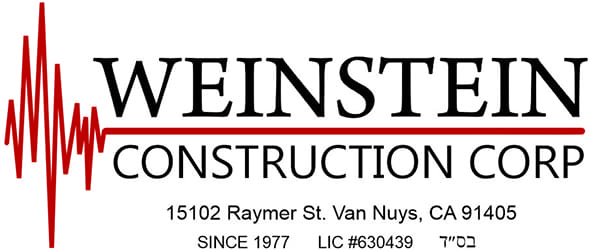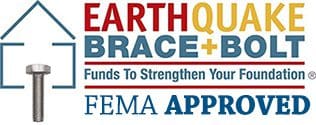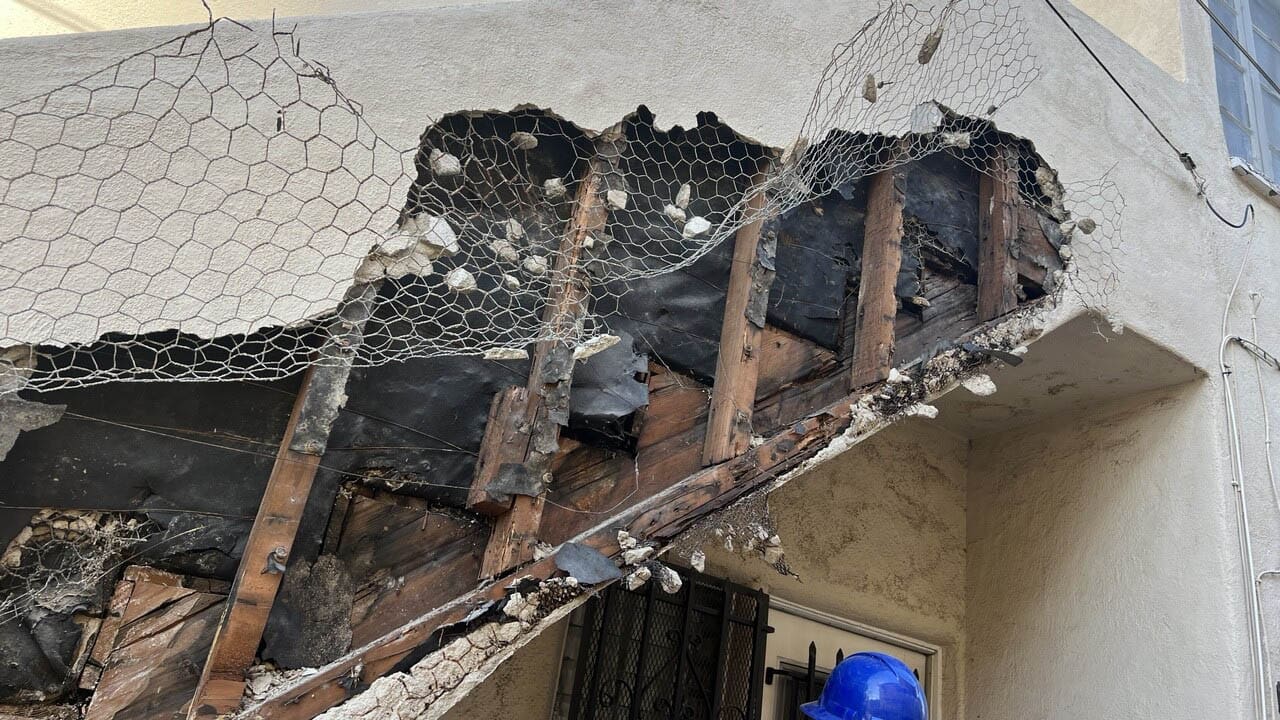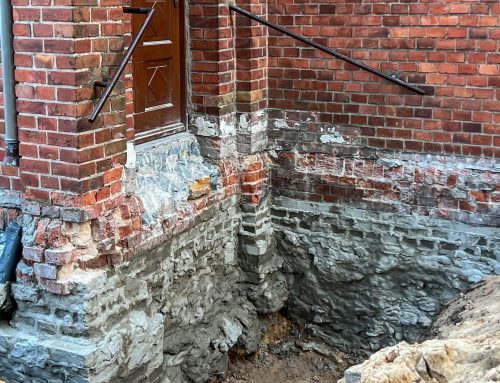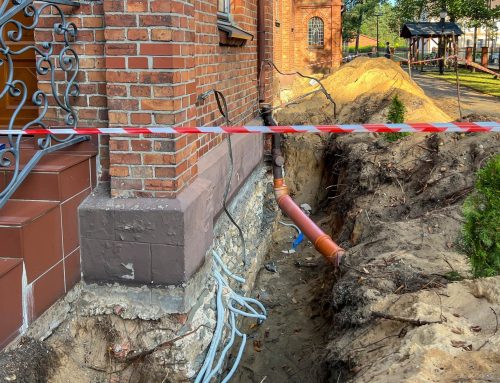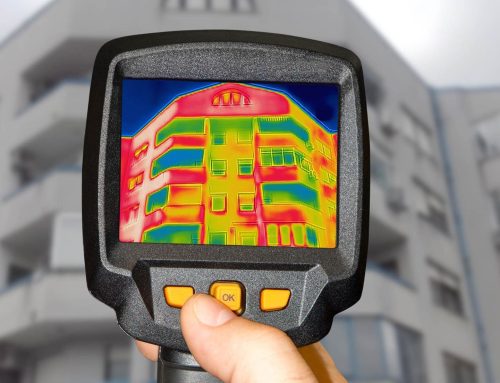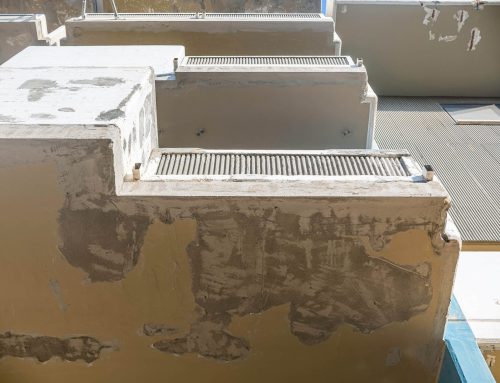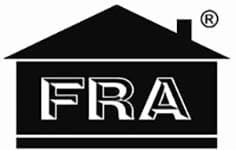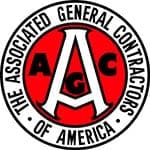Welcome to the fourth blog in our 4 part series, which provides owners of condominium buildings, as well as multi-unit residential apartment buildings, with information about their obligation to conduct balcony inspections and repairs, as required by the State of California’s “Balcony Inspection Laws”, also known as Senate Bills 326 and 721. These two laws require the inspection and repair of damaged wood-framed “Exterior Elevated Elements” (“EEE”) such as balconies, decks, catwalks, and stairs, throughout the Greater Los Angeles area.
THREE COMMON PROBLEMS WITH WOOD-FRAMED BALCONIES AND OTHER EEE
(1) Wood Rot. In the greater Los Angeles region, most balconies, decks, catwalks, and stairs, are made out of wood timbers. This is because wood is strong, easy to handle, and it is typically inexpensive. Although wood can often last for many years, in a warm environment where it repeatedly comes into contact with water (for example, when a balcony that is not properly sealed endures frequent rain storms), the wood becomes damp, which then promotes fungal growth.
There are many different types of fungi that can rot wood timbers by literally breaking down the structure of the wood. One variety that is often found in wood-framed buildings in the Los Angeles area, the “dry rot”, can literally travel through constructions materials such as stucco, plaster, or even brick. Dry rot is known for making the surface of the wood appear dry, while still decomposing the moist wood underneath the surface.
The many recent rain storms that occurred in the Los Angeles region were particularly harmful to wood-framed balconies. Even those balconies and other EEE that were properly sealed before the rains, saw their seals deteriorate and falter. These severe rain events drenched wood timbers and promoted fungal growth, and it is likely that many LA stucco-covered balconies and EEE are slowly being eaten by fungus right now! The consequences of leaving rotting wood timbers in vulnerable balconies cannot be overstated! It is a dangerous thing to do!
(2) Rust and Corrosion. Wood-framed balconies, decks, stairs, etc., all have metal fittings in the form of iron or its alloys (e.g., steel) screws, nails, brackets, flashing, rails, etc., all of which are susceptible to deterioration resulting from rust. Rust, essentially, is the oxidation of iron that is exposed to air (oxygen) and moisture (water). The rust is a chemical reaction, which begins on the metal’s surface, and then literally “eats” away at the metal, making it brittle and easily breakable. As we described above, the fierce rain events we’ve experienced in our region recently have exposed the metal parts of thousands of balconies and other EEE to harmful rusting and corrosion! Where such metal bits are corroded, they must be replaced!
(3) Structural damage. Balconies and other EEE that are made of wood timbers can also have structural damage in the form of cracks in the balcony floor, support beams, or railings. Such cracks may occur from wood rot, rust, and corrosion (all described above), but also from overloading the balcony with heavy furniture and planters. Over time, heavy balconies that are exposed to rain, wind, and sun, will develop cracks and loose railings and support beams. It is essential that such balconies are periodically inspected and maintained, so that such damage can be immediately repaired!
As you may already know, the mandatory balcony inspection date is getting closer and closer, which means that top-tier balcony inspection and repair contractors such as Weinstein Construction will be increasingly busy servicing clients, the closer we get to the inspection deadline. If you want flexibility in pricing and scheduling, this is the time to choose the right contractor to inspect and repair your balconies and other EEE! Call Weinstein Construction today at 866-623-5788 to schedule a free “California Balcony Law” consultation. We will help you ensure that your EEE inspection and repair is done right and for the right price!
